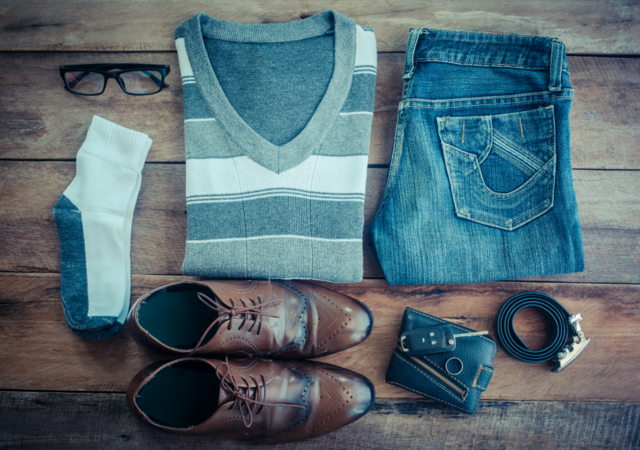August 2, 2024
On May 28, the National Standard of the People's Republic of China has published two mandatory standards for footwear.
The standards are:
- GB 30585-2024 - Safety technical specifications for infants' and children's footwear
This document defines the terms and definitions of children's footwear safety, stipulates product classification, technical requirements and determinations, and describes the corresponding test methods.
This document applies to footwear products made of various materials for children and infants under the age of 14. - GB 25038-2024 - General safety requirements for footwear
This document defines the terms and definitions related to footwear, stipulates the technical requirements and determination of general safety of footwear and describes the corresponding test methods.
This document applies to footwear products made of various materials. It does not apply to protective shoes and footwear products for children under 14 years old.
GB 30585-2024 - Safety technical specifications for infants' and children's footwear
Chemical updates
The major changes for chemical parameters are summarized in the tables below:
GB 30585-2024 - Safety technical specifications for infants' and children's footwear
Also test methods have been updated and new test methods are applicable for new substances added.
Physical-mechanical and performance updates
Regarding physical-mechanical and performance requirements the following requirements have been updated:
The requirements and test methods for “metal shanks” are deleted(see 5.1.6 and 6.3 of Edition 2014)
- The “Requirements for small accessories for infants’ footwear” are modified” (see below and 5.1.4 and 5.1.5 of Edition 2014)
- Requirements for small accessories for infants' footwear are:
- Removable small accessories shall not completely fit into the small part tester.
- Small accessories that fall off after the specified tensile test (including fragments that fall off during the tensile test and accessories that fall off along with the upper material) shall not have accessible sharp edges or sharp points, and shall not completely fit into the small parts tester.
- Small accessories that are damaged but do not fall off after the tensile test shall not have accessible sharp edges or sharp points.
- The requirements and test method for “Peculiar smell” are deleted (see 5.21 and 6.5 of Edition 2014)
- The method of testing “broking sewing needle” is modified (see below; 6.2 of Edition 2014)
The broken sewing needle shall be detected with metal detectors and/or by visual inspection, or by hand. - Annex A “Examples for classification of some accessories” is deleted (see Annex A of Edition 2014)
- Annex D “Test method for tensile strength of attached components” is deleted (see Annex D of Edition 2014)
GB 25038-2024 - General safety requirements for footwear
Chemical updates
GB 25038-2024 - General safety requirements for footwear
Also test methods have been updated and new test methods are applicable for new substances added.
Physical-mechanical updates
Regarding physical-mechanical and performance requirements the following requirements have been updated:
- The requirements and test methods for "spike tips and broken needles" have been added.
- Requirements for spike tips and broken needles:
- The inner cavity of a shoe shall be free from spike tips. Except for special style or functional needs, there shall be no spike tips on the exterior of the shoe.
- There shall be no broken needles in the interior and exterior of a shoe.
- Detect spike tips visually and by hand.
- Detect broken needles with a metal detector and/or visually or by hand.
- The requirements and test methods for "colour fastness to rubbing for shoe lining and insole" have been deleted.
- The “Sampling method” has been deleted (see 7.1 of Edition 2010).
Footwear manufacturers can start updating documents and restricted substance list (RSL) according to the new requirements and start to carry out test to verify the compliance with these two new GB standards on footwear intended to be placed on the Chinese market.
UL Solutions global network of laboratories and subject matter experts can help footwear companies to verify the compliance according with the new requirements and we can help you update your restricted substance list (RSL).
Sources
Get connected with our sales team
Thanks for your interest in our products and services. Let's collect some information so we can connect you with the right person.







